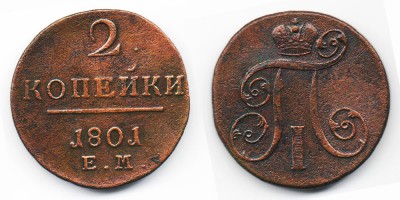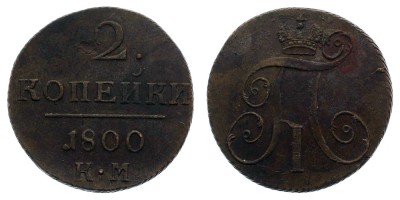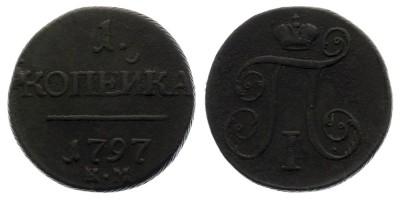
Currency: the ruble
"Inherited" from Catherine the great to Paul I got the unenviable: a serious financial deficit. In the first days of his reign the newly-made Emperor abolished Zubovsky reform and returned to peretachenko in the coppers party silver dime.
The main purpose of Paul I was bringing the ruble into line with the European "standard" of the time – Albertus-thalers, to facilitate international trade. Was released a special "banking coin" with a high content of silver. The value was not specified: only the coat of arms and the letters "B" and "M". The flip side contained the motto of the knights Templars, the master of which some time was Paul I. For the same purpose, in 1798, was developed by trial silver efimok (1 ½ rubles). But in industrial production it is running was not so buy such coins Russia is almost impossible.
His portrait of the Emperor engraved on the coins. Instead, he was attended by four letters "P", placed crosswise (with the number "I" in the middle) on the denominations above 10 cents; or uppercase "P" and one – on stuff.
Catalog of coins of Russia under Paul I was:
- of the Ducat and 5 roubles (gold);
- 1 rubles, poltinas, polupoltinnik, 10 and 5 cents (silver);
- from 2 and 1 penny, money penny (copper).
From the trial of coin silver 1 ruble of 1796 is interesting that it (only) a portrait of Paul himself. The cost of coins Russian (test sample) is counted in tens of thousands of dollars. But smaller and not so rare specimens to add to their collection: the price of coins Russia Pavlovsk time allows it.
 Russian
Russian English
English Deutsch
Deutsch Spanish
Spanish Português
Português













